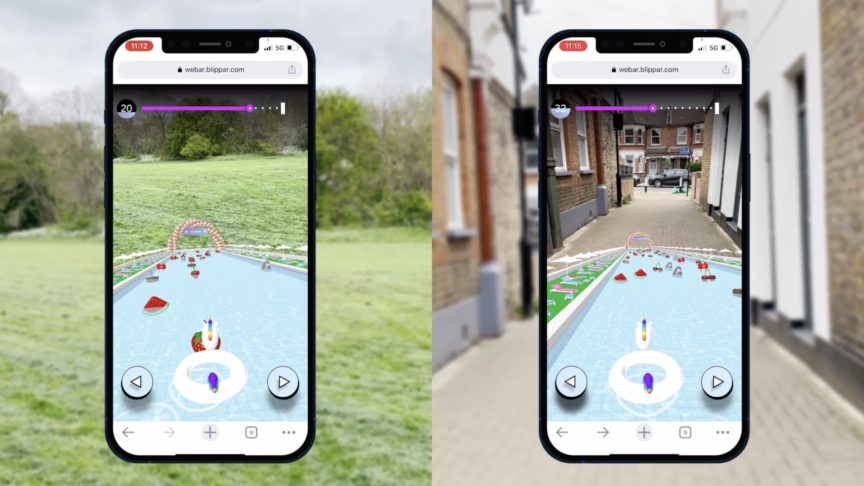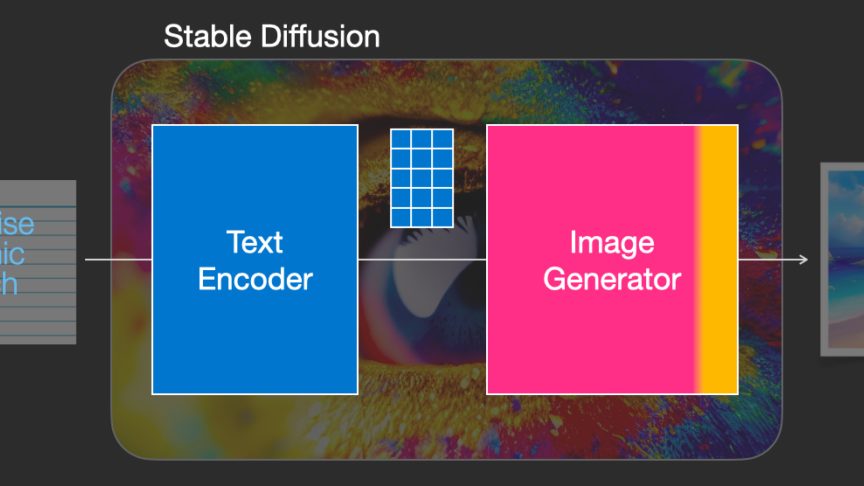'AR so soulful you can FEEL it': One Blippar designer looks to the future
June 29, 2015
'AR so soulful you can FEEL it': One Blippar designer looks to the future

Leon Tyler, Blippar’s Lead Game Designer, says augmented reality designers should step away from using AR as a product gimmick and begin, instead, to focus on creating experiences that work in tandem with the user’s own unique surrounding reality.
Imagine sitting in your living room gazing at the giant tree growing in front of you. It begins with a patch of grass on the floor, slowly spreading out to cover the whole carpet. As the grass spreads a small root starts to emerge from the centre. Your ceiling gradually turns a glorious summer blue while the root continues to grow at an incredible pace, creaking and snapping until the entire room is bursting at the seams with a mighty tree. The branches, now thick with leaves, gently sway in the breeze as a glaringly bright sun bursts through from the sky above. Birds can be heard chirping in the distance, interrupted only by the gentle rustling of the leaves above. Your whole body is getting that summer vibe.
You reach for the sky, placing your finger on the sun and dragging it across the ceiling. The season changes as the sun travels towards the adjacent wall. The summer blue drops to an autumn orange. Clouds drift into view as leaves begin tumbling from the branches. The grass on the floor can barely be seen beneath the crunchy fallen leaves. A slight drizzle begins, and a gentle pattering can be heard as raindrops hit the floor. You drag the sun a little further away, until snow begins to fall. The mighty tree is now standing in front of you completely bare. As you tap the floor you hear the crunch of snow. Everything seems so fresh now, with a cool white scene filling your living room. You can sense the chill in the air.

Imagine augmented reality (AR) created with so much soul you can almost feel it. A digital augmentation of the real world with so much delicate attention to detail the user begins to believe its presence in their own reality. Most examples of AR are created as forced digital executions, and these often jar with their surrounding environments. Perhaps these executions assist the product or subject to which they are attached, but rarely do they consider the location in which they will be seen. Why not manipulate the entire environment as well as the subject in focus?
A lot of people suggest augmented reality is a gimmick, and I tend to agree that most examples prove this statement correct. But what if we move away from gimmick and towards sense? Let’s focus on the reality part of augmented reality. Reality in AR doesn’t need to rely simply on making the tree and its leaves as photo-realistic as possible. I believe paying attention to movement, sound and interactivity between user and technology can create as equally an impactful experience as having a realistic-looking tree in your living room.
People are relying on virtual reality (VR) to provide the most immersive digital experiences over the next few years, but I’m inclined to believe that AR hasn’t yet reached its climax, with hardware limitations and creativity limiting its growth. Surely seeing a well-executed digital experience augmented convincingly into your own reality is more engaging than cutting off your own reality altogether. I’d love to see augmented reality focusing more on the feeling it can produce rather than simply showing off graphics. Neither AR nor VR are able to provide the sensation of touching the experience, so they need to work especially hard on the relationship between sight and sound.
This is where I believe VR is maturing much quicker than AR; the available hardware offers so much more processing power and even physical control methods, allowing more creative freedom. But as wearables become more powerful and commercially available, perhaps now is the time to push augmented reality into the next generation - of sense rather than gimmick.



